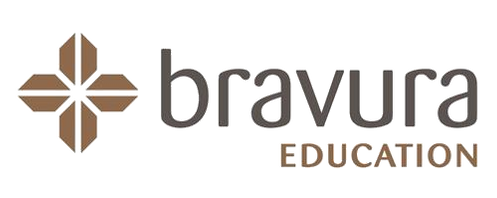
Stay competitive with up-to-date training on evolving cosmetic technologies
The world of aesthetic medicine moves fast—blink, and you might miss the next big thing! If you're in the industry, keeping up with the latest laser technologies isn’t just a nice-to-have; it's essential to staying competitive. New advancements are making treatments safer, more effective, and even more comfortable for patients. So, let’s dive into what’s trending in the world of lasers and why keeping your training up to date is a game-changer.
“Will people know I’ve had something done?”
Non-invasive treatments with minimal downtime mean that gone are the days when patients were willing to deal with long recovery times. These days, they want results—fast! That’s why technologies like fractional laser resurfacing, picosecond lasers, and non-ablative skin rejuvenation are taking over. These treatments give impressive results without the need for extensive downtime.
This is why keeping up with training is key. New devices mean new techniques, and knowing how to use them properly ensures safer and more effective treatments. Mastering the latest methods helps you stand out from competitors and provide top-level results.
“I’ll have a burger with the lot please”
One-size-fits-all is out, and custom combination treatments are in! More and more practitioners are mixing lasers with radiofrequency (RF), ultrasound, and microneedling to boost collagen, tighten skin, and improve texture all at once.
Knowing how to layer treatments gives patients better, longer-lasting results, is respectful of their time and allows different technologies to work synergistically. So learn how to understand multiple technologies and this allows you to create personalised treatment plans that keep clients coming back.
“I’d like a fresh, blank canvas please”
Let’s be real—tattoos and pigmentation like sun damage or melasma can be stubborn . But picosecond lasers have changed the game. They work faster, break down pigment more efficiently, and require fewer sessions, making them a win-win for both practitioners and patients.
Proper training ensures you’re using the right settings for different skin types and ensures that you don’t leave a client worse than when you found them. Mastering advanced techniques helps minimise complications and maximise results. Our Advanced Cosmetic Laser Course is the pigeon pair to the Laser Safety Online Course (Cosmetic) for a solid foundation upon which to stay ahead of the trends.
“Gotta keep my body tight”
Who doesn’t want tighter, firmer skin without going under the knife? Technologies like laser-assisted lipolysis, RF microneedling, and infrared skin tightening are making non-surgical body contouring more effective than ever.
Choosing the right device and settings can make or break a treatment and knowing how to combine these treatments helps you deliver customised solutions that keep clients happy.
With so many devices on the market having an understanding of how they work and what to look for BEFORE you buy one will save you time and heartache. Check out our RF & HIFU Skin Tightening (Short Course) for a potted version of what you need to know before you even spend a cent on equipment.
“Hello A.I. make me safer”
Artificial intelligence is creeping into aesthetics, and honestly? It’s kind of amazing. AI-powered lasers can analyse skin, adjust settings in real-time, and even help prevent adverse outcomes. That means better precision and safer treatments.
Patients love cutting-edge technology—make sure you’re the one offering it!
“It’s easy being green”
Eco-conscious beauty is here to stay, and the laser industry is jumping on board. New machines are being designed with biodegradable consumables, lower energy consumption, and reduced waste—a major win for both businesses and the environment.
Offering sustainable treatments appeals to a growing segment of eco-conscious clients.
Post Disclaimer
This blog post has been vigilantly researched and fact checked to ensure that it is accurate, reliable and up to date. You must keep in mind that errors and omissions may occur and that we welcome any feedback or corrections in this regard. We encourage you to do your own research to verify the accuracy and contemporary nature of the information presented.
